My Journey to Jane Austen
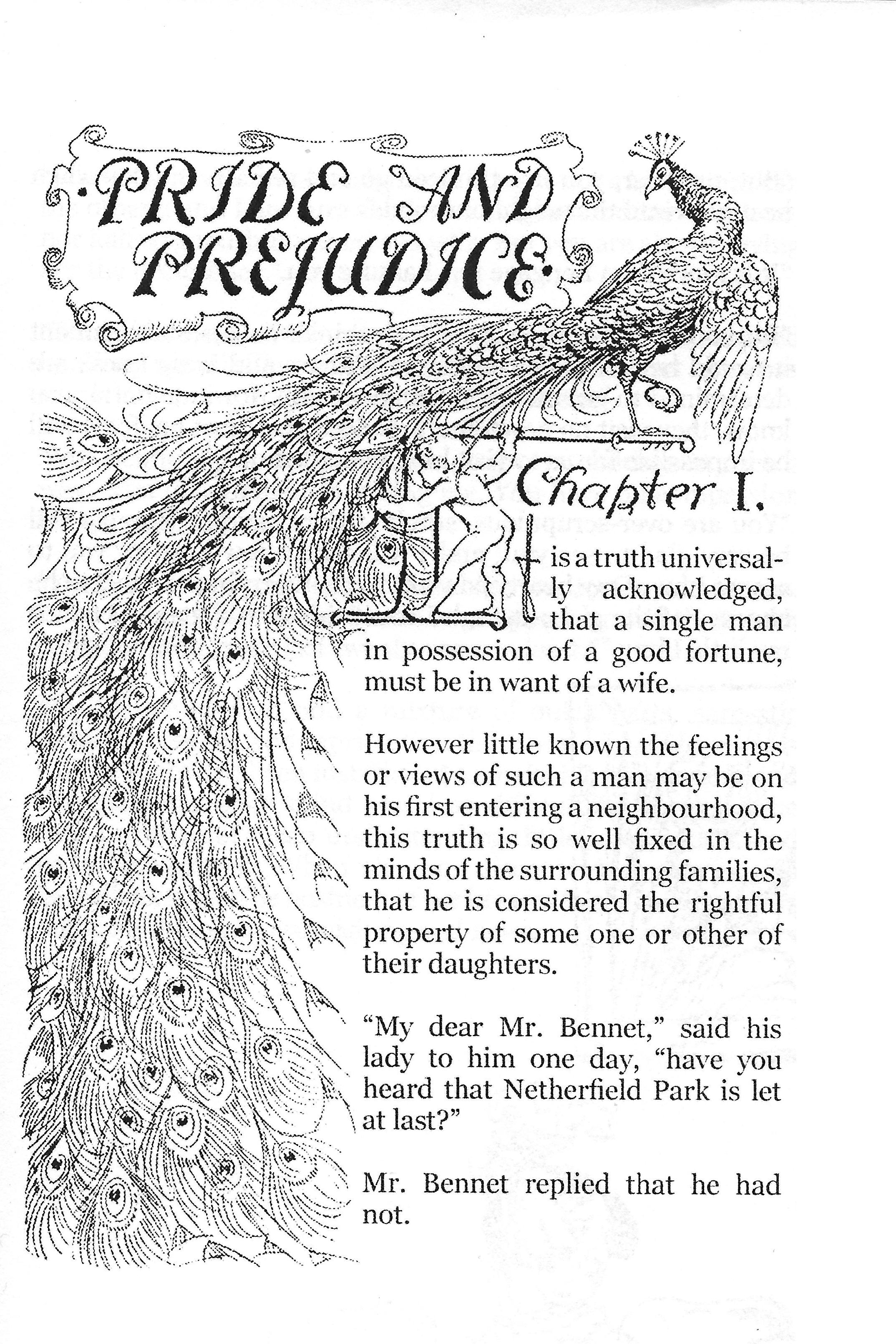
Jane Austen for Writers





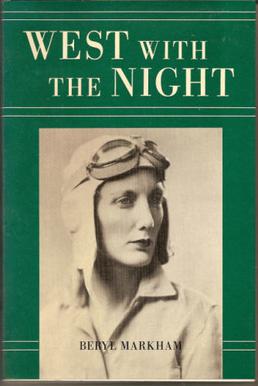

On Christmas Eve, 2014, the Huffington Post published a delightful piece titled “The Most Festive (And Not-So-Festive) Christmas Scenes from Classic Books.” Here you will find bits from 13 classic novels.



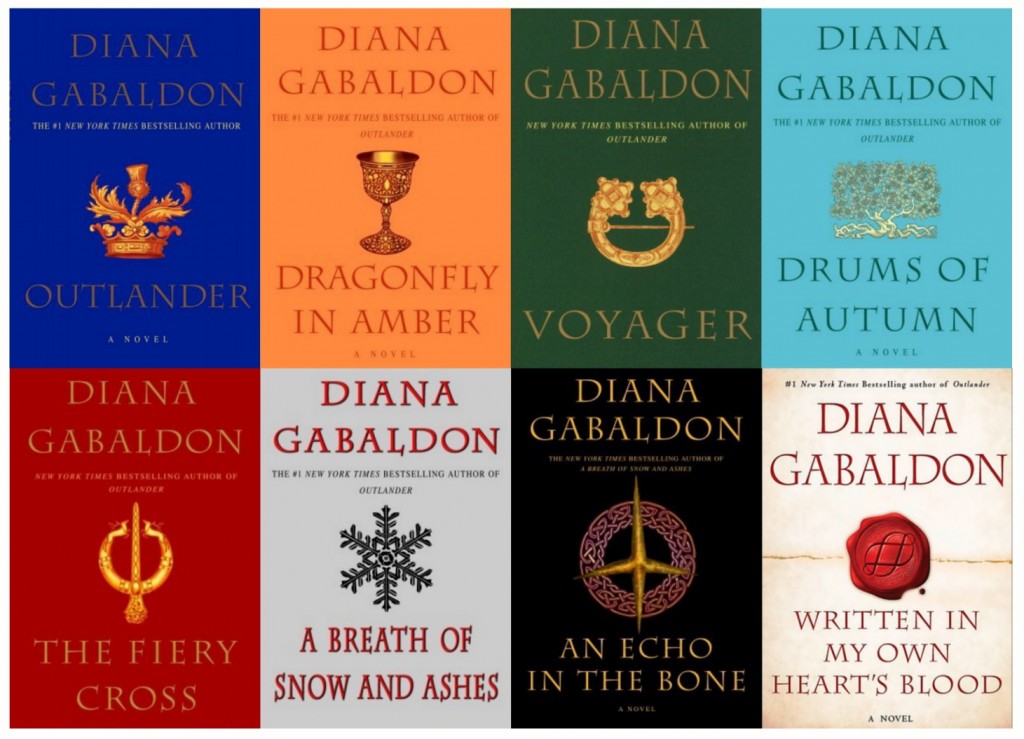



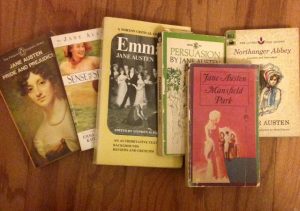

Most years we have only one group picture. But at breakfast today Jane Shepherd (seated in the middle next to me) gifted everyone with a Jane Austen tattoo!
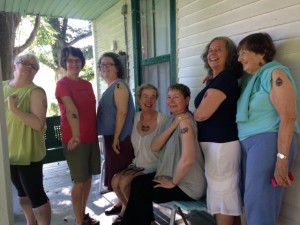
Here’s a close-up of mine, taken by Foust.
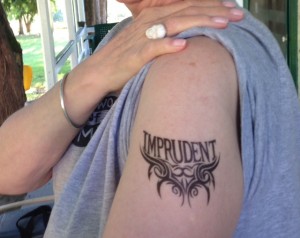
And then Charlotte Morgan introduced us to her Frog “King”–i.e., Elvis. Charlotte is the author of the novel, Protecting Elvis. She worked on that book at Nimrod the same summer I worked on a first draft of “Love Me Tender” (published earlier this year).
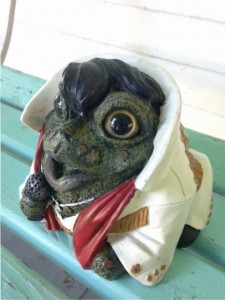
Even after the room was empty and the car loaded, we chatted on the front porch of Square House.
So I said goodbye to Jimmy, the man who provided such great food this year.
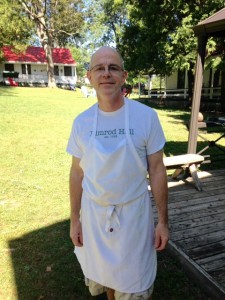
And goodbye to Nimrod, comforted to know it will be waiting for us next year.

Nimrod Hall, established in 1783, has been providing summer respite from everyday stress since 1906. It has been operating as an artist and writer colony for over 25 years. The Nimrod Hall Summer Arts Program is a non-competitive, inspirational environment for artists to create without the distractions of everyday life. The 2015 Writers’ Workshop writers-in-residence are Sheri Reynolds, Cathryn Hankla, and Charlotte G. Morgan.